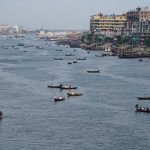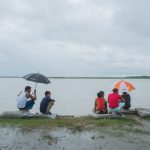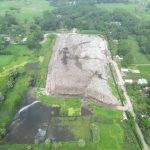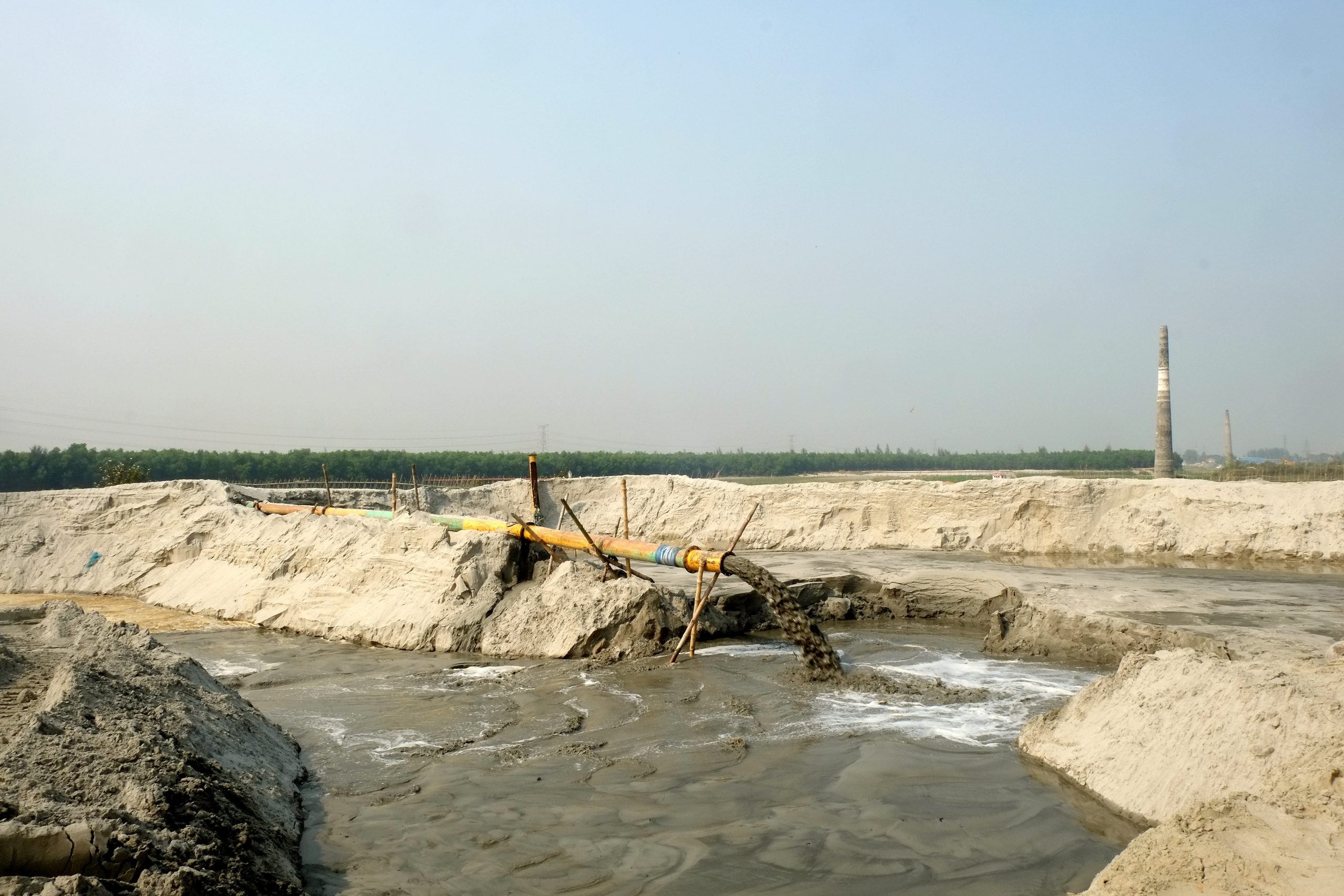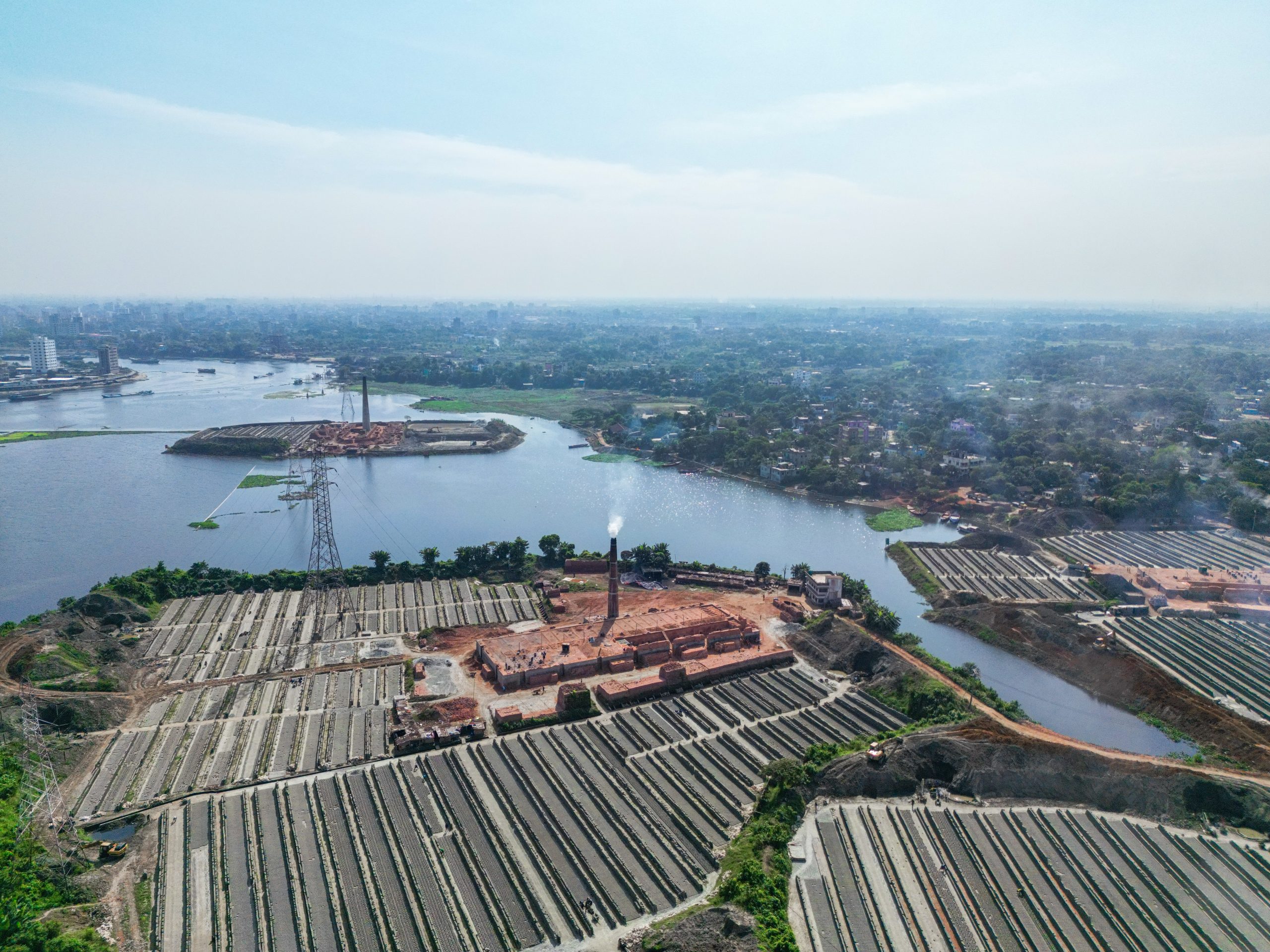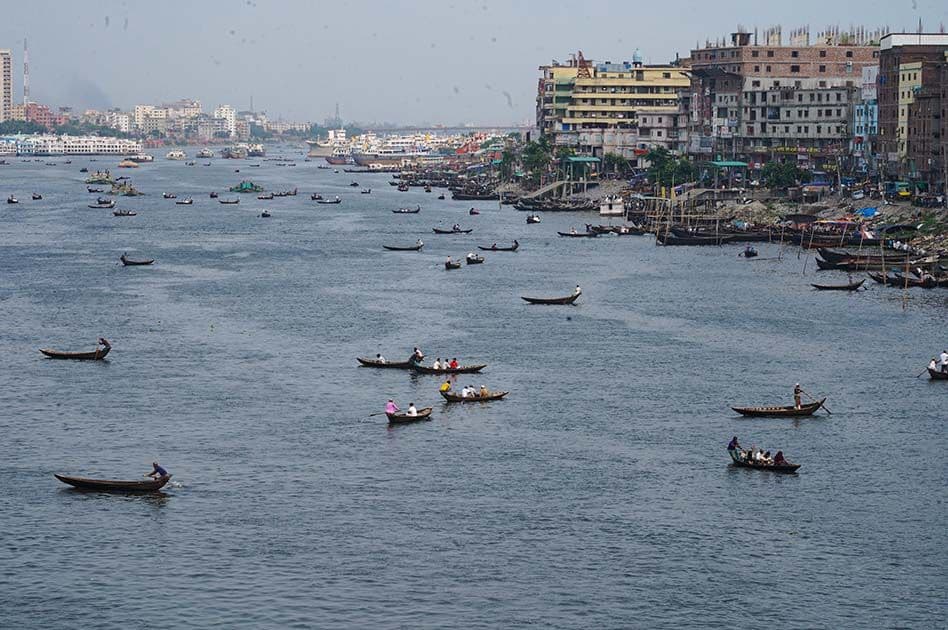Near the banks of Bangladesh’s mighty rivers — the Padma, the Jamuna, and the Meghna — giant dredgers roar day and night. Barges overloaded with sand leave trails of churned-up water behind them. The sand they carry will soon become the skeleton of new cities, highways, and industrial zones. But for the villages clinging to the river’s edge, the cost of this extraction is becoming unbearable.
Sand mining, once a relatively minor activity, has exploded across Bangladesh over the last decade. Driven by booming construction demand, vast quantities of sand are being pulled directly from riverbeds, often with little regulation or environmental oversight. As a result, the rivers themselves are destabilizing — and rural communities are watching their homes, farms, and futures disappear into the current.
Government data shows that river erosion displaces between 50,000 and 200,000 people each year in Bangladesh. While natural erosion has long been a feature of delta life, environmental groups say the recent intensity and unpredictability of collapses are increasingly linked to aggressive sand extraction practices. Heavy dredging deepens riverbeds and weakens banks, making them more vulnerable to seasonal flooding and storm surges.
At riverside markets in districts like Tangail, Sirajganj, and Shariatpur, villagers speak of losing land at alarming rates. “The river came closer every year,” said a shopkeeper in Tangail, watching a sand-laden vessel pass by. “Now the fields are gone. Next will be the houses.”
The scale of extraction is difficult to measure precisely. However, studies such as the United Nations Environment Programme’s 2019 report have identified sand as the world’s most-consumed natural resource after water — and noted that much of this demand is met by illegal or unregulated operations in developing countries, including Bangladesh.
Bangladesh’s laws, including the Sand Quarry and Soil Management Act 2010, technically require licenses and environmental clearances for sand mining. In practice, enforcement is weak. In many areas, powerful local interests and informal networks operate sand extraction businesses with little interference. Efforts by local authorities to curb illegal dredging are sporadic and often unsuccessful.
The environmental impact goes beyond riverbank erosion. Removing sediment alters water flow, destroys fish habitats, and affects the natural replenishment of floodplains that rural agriculture depends on. In a country already ranked among the most vulnerable to climate change, the degradation of river systems adds another layer of risk — making future floods and storms even more devastating.
Across the country, informal resistance is growing. Some communities have staged protests, blockading roads or rivers to demand limits on mining. Environmental organizations like Waterkeepers Bangladesh have published warnings and reports, calling for stricter regulations and sustainable practices. Yet, large-scale policy action remains limited.
Meanwhile, the construction boom shows no signs of slowing. Bangladesh’s ambitions for urbanization, industrialization, and export growth require endless quantities of concrete — and therefore, endless quantities of sand. Without a fundamental shift in how this resource is managed, the invisible destruction of rivers may continue unabated.
For villagers living at the river’s edge, the future is uncertain. What is clear is that the sand beneath their feet, once a symbol of fertile renewal, is now being carried away — one boatload at a time.





